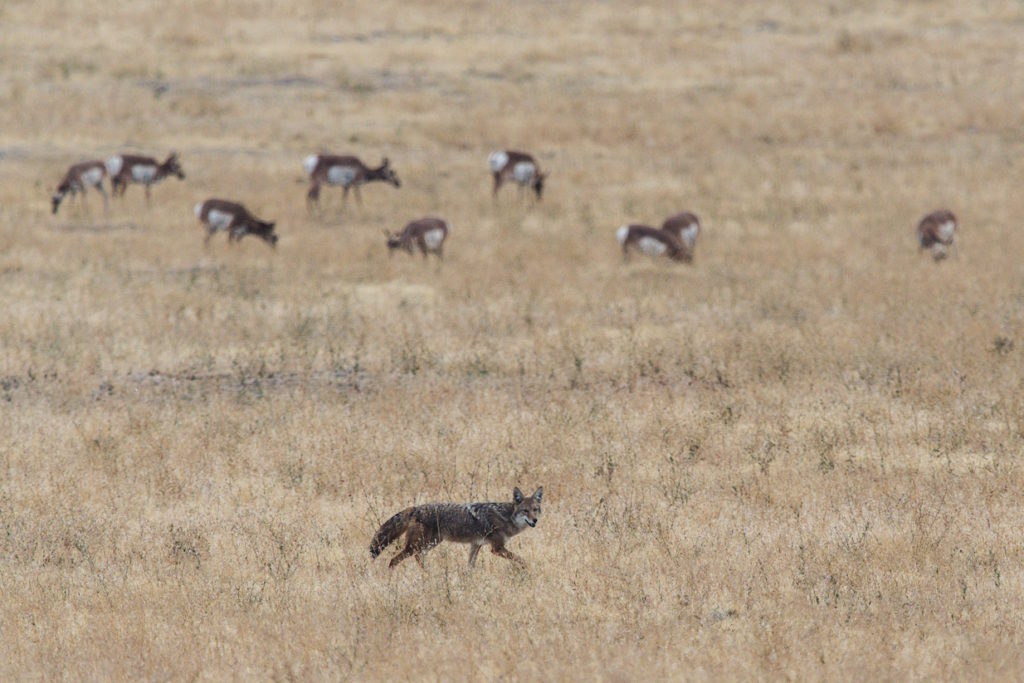If you go to CNN or any of your favorite news channels, you’ll come across stories of wild animals descending to the city, exploring the streets as if it’s part of their habitats. Don’t be surprised.
Like humans, these species are wary of people too. With fewer of you out and about, these animals now feel less scared to venture farther.
But what happens when some of them, such as coyotes, end up in your yard or home? How can you prevent them from trespassing in the first place? Read these FAQs to get the answers:
1. Are Coyotes Dangerous?
Any animal can be dangerous. When you accidentally step on a cat or a dog, they can scratch and bite. A rabid squirrel or rat might kill you. A tick can cause Lyme disease.
In a way, coyotes can be dangerous. Like other animals, they can also attack and bite. They can also contract rabies. People can also suffer injuries and even death because of these animals.
However, wild coyotes rarely find themselves in suburban or urban areas, according to the Humane Society of the United States. Most of them prefer to stay in the mountains where they feel safe. They also rarely attack humans, and usually, they could bite if provoked.
2. Why Are They in Cities and Residential Communities Anyway?
Many factors contribute to coyotes in residential and urban areas. One factor is redevelopment.
Converting forested landscapes and reclaiming animal ecosystems can also affect their behavior. In a 2018 study in Frontiers in Microbiology, researchers asserted that many people believe destroying habitats could kill species, like bats. In reality, they could adapt and even settle where people live.
The redevelopment will also reduce or eliminate the source of food for wild animals. Coyotes, for instance, might have to travel from one territory to another. Along the way, they might have no other choice but to pass residential communities. For the hungry ones, pets and livestock make delightful meals.
Human behavior is also another factor. Some residents might feed these coyotes. Animal instinct shows that species will always go where food is available.
3. How Can Residents Protect Themselves from Coyotes?
Here are some ideas to deter coyotes from entering yards and homes:
- Secure the perimeters. Homeowners can invest in aluminum fence panels. These are easy to install but sturdy. They can prevent coyotes from peeking into the yard. For those who have pets, especially dogs, the best height is about six feet. This way, they’re not easier to jump.
- Don’t feed coyotes. Throw your leftover food properly. Avoid leaving any food for them to feed on.
- Use whistles. Whistles are tools that can scare off coyotes.
4. What Should You Do if Coyotes Are within Your Area?

For those living in states where coyotes are abundant, such as California, you could meet them occasionally. You better learn what to do:
- If you’re inside your home, don’t go out. Let them pass or leave.
- Keep the number of animal control handy. You can call them if coyotes have been visiting your area often or are starting to become aggressive.
- If you meet a coyote while walking, don’t run. Otherwise, you might trigger their predatory instinct and run after you.
- When walking your animal, make sure they are on a leash. This way, you can pull them fast toward you.
With all the bad news about coyotes, it’s okay to feel frightened by their presence. However, hopefully, with these answers, you’ll learn how to deal with them more effectively.

